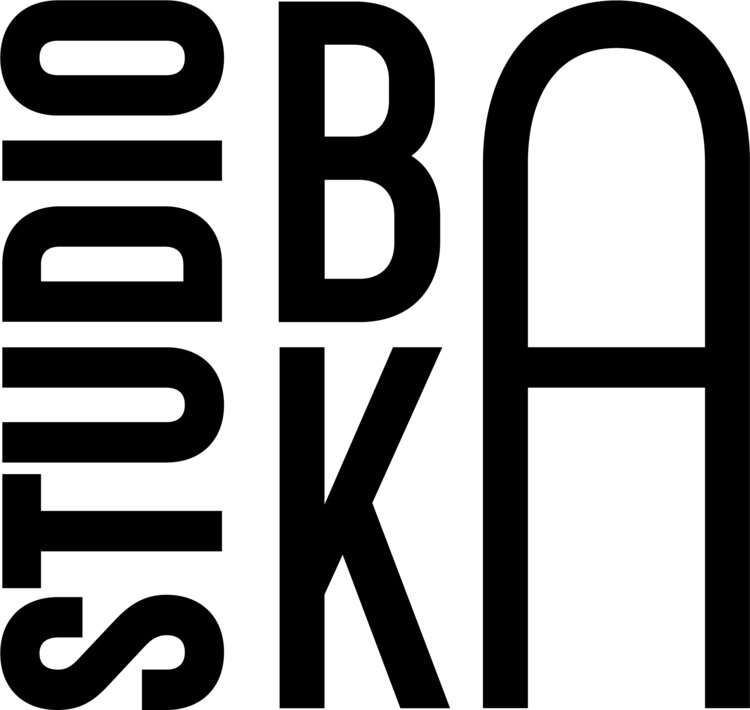What is BIM and why is it being implemented?
As if you were building a structure in real life, BIM, otherwise known as Building Information Modeling, is a technical software that graphical builds components of a model, as opposed to illustrating the design intent as architects have been doing for decades. BIM is being used worldwide by AEC firms for several reasons including increasing productivity, streamlining workflow and minimizing risk on projects.
Learning about Revit roofs by working with existing conditions.
So, what's my take on the program?
Diving deep back into my vault of colorful memories from my time as architecture student, I don't think any of my successful projects came to life because I was thinking about how to build a footing properly to take on the massive loads created by a crazy cantilever I designed. In fact, knowledge of construction was only briefly touched in school and most of my learning came about in the years following graduation. The best architects are those with experience and knowledge of construction means and methods, but also know that implementing all that practical knowledge in the early phases of the design process can be like having the first discussions of AMC's "Breaking Bad" plot twists without having developed the characters first. I don't think the writers sat down and created some of the best drama on television, without fully conceptualizing their characters first. I don't know, you tell me, Vince Gilligan.
Despite what is being said about the major disconnect between the imaginative right-out-of-college BIM draftsman and the talented, experienced project manager whose time on drafting programs are limited as they advance into more senior roles. We, the experienced project managers, were once the right-out-of-college draftsman and believe both generations are imaginative. For me, the disconnect is the expectations of the software. As a beginner in Revit, but an experienced project manager, I found myself frustrated with basic functions or what I call, road blocks, on a daily basis. My biggest concern was that these road blocks resulted in discouragement and lack of creativity.
So, what can we do about it?
To have the best results in Revit, I needed to separate the data and the dream! The dream comes first and should take shape the way we see it with hand sketches, rough layouts and shapes...not the way I believe I must to stay productive and efficient as a firm. I, the dreamer, should choose the tool to craft my art.
The data is the key component in bringing our dream to life. Typically, we develop our dream into a design that takes conceptual shape and gets approval by an owner, then a trial and error process of details and specifications formulate which advance our dream. Hundreds of micro decisions are made along the way, stretching and pulling our dream into many forms until it has taken its final shape. Until I know what is final about my dream, I don't use BIM (yet).
While I'm learning about all the advantages the BIM provides, I have also had to strategize my own workflow to allow me to stay creative and encouraged and productive. When my dream is defined enough that I feel I know enough to put it into the BIM, then I'm not learning skills and evaluating design at the same time, and all is good in the world. It helps greatly to have guidance as to when and where to begin to drop things into the BIM from an experienced voice.
I wear many hats running my own architecture studio. In the mornings, I am social media director, marketing manager, administrative assistant and principal decision maker. Some afternoons, I am a draftsman and other afternoons, I am a designer and creator. Through all the different digital tools I use all day, my thought processes remain the same, except now that I'm adding BIM Student to the list, my processes - my marketable product - hit a road block and I can feel stuck. I use BIM to the point I'm comfortable, and use other tools to get over the hump; but I keep learning so that one day I'll have the momentum to go straight from dream to BIM, with no road blocks in sight!


